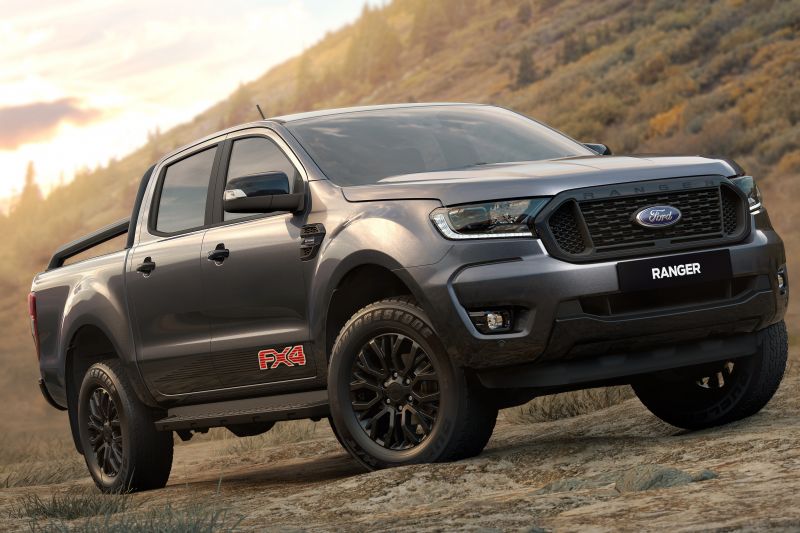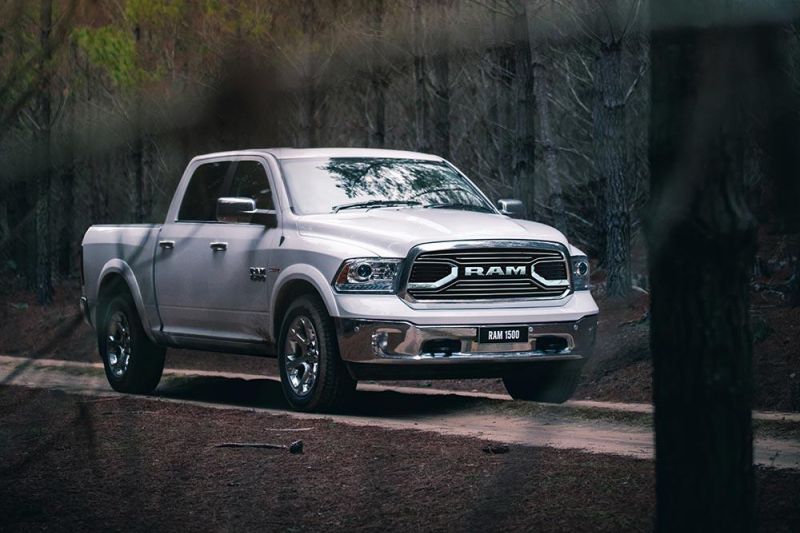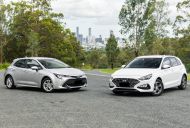Ute, van, and truck buyers now have more time to spend big on a new work vehicle and qualify for the more generous Instant Asset Tax Write-Off scheme.
UPDATE, 11/06/2020 7:10pm – We have updated the text of this story to more clearly explain how the Instant Asset Write-Off purchase price caps work, and have added an additional table to the end of the story.
UPDATE, 12/06/2020 11:50am – We have updated the text of this story with a quote from the Australian Tax Office. The story has been brought forward on the website.
UPDATE, 29/06/2020 11:00am – We have pulled the story forward as June 30 approaches.
The Federal Government established the Instant Asset Write-Off to help businesses reduce the cost of doing business by offering tax offsets for the purchase of goods required to operate their business, this includes vehicles.
Originally the cap was set at $30,000 but on March 14 the Federal Government announced it would increase that amount to $150,000 for businesses with an annual turnover below $500 million.
Initially set to end on June 30, the more generous cap has since been extended until December 31, 2020.
While the increase is generous, there’s a catch in claiming the full $150,000 when you’re buying a new vehicle. There are two separate caps for vehicles:
- $57,581 for passenger cars
- $150,000 for commercial vehicles
For the official Australian Tax Office breakdown of the caps, click here
This is where things get tricky. For the purposes of the Instant Asset Write-Off scheme, the Australian Tax Office considers a commercial vehicle to be one capable of carrying more than nine passengers, or with a payload above 1000kg.
“A dual-cab ute that has a payload below 1000kg and can carry fewer than nine passengers is considered a passenger vehicle,” an Australian Tax Office spokesperson told CarExpert.
“A vehicle is considered a passenger vehicle if it is designed to carry less than 1000kg and fewer than nine passengers.
“A car limit applies to passenger vehicles of $57,581 for the 2019–20 income tax year.”
Business owners buying a car worth less than $57,581 – whether it’s a ute, van, truck, or regular passenger car – can claim the full amount under the scheme, depending on what percentage of their driving is work-related.
However those looking to buy a more expensive vehicle and claim its full value up to the extended $150,000 cap need to check whether its payload is above 1000kg.
Regardless of its body style, ute or otherwise, the vehicle will be classified a passenger car and subject to the lower price threshold if it doesn’t meet the 1000kg or nine passenger criteria.
That means there is a set of utes on the market in Australia priced above $57,581 where buyers can’t claim their full value under the Asset Write-Off scheme because their payloads are below 1000kg.
Despite their commercial roots, they fall into the category of passenger cars, capping the amount of their purchase price owners can claim at $57,581.
And a list of vehicles priced above $57,581 that don’t qualify as commercial vehicles, and therefore fall under the lower price limit for passenger cars, is below:
Why don’t these commercial-looking vehicles have a one-tonne payload?
Some of the utes in this segment use coil-sprung rear ends, which often reduce payload in favour of ride comfort – or in the case of the Raptor, the ability to do jumps.
Carmakers are increasingly trying to make their utes drive like SUVs, as buyers treat them like family cars instead of outright work vehicles.
A list of the vehicles priced over $57,581 that can have their full value claimed by eligible owners under the scheme is below:
These are the utes, vans, and trucks that are classified as commercial vehicles under the scheme, meaning owners can claim the value of their purchase price above the $57,581 passenger car limit.
Finally, a list of the remaining commercial vehicles on the market and their payload is below:
If you have your eye on a ute that’s on the horizon but not yet released, check this out for more.





